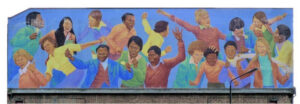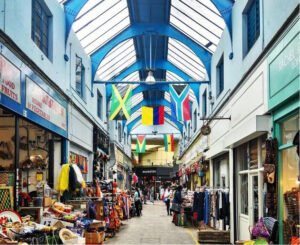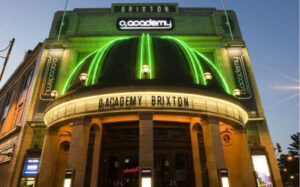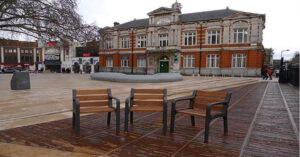Introduction
Brixton, a London borough located in the area south of the Thames at Dulwich, has a distinct history dating back a millennium. Brixistane, which means “the stone of Brihtsige,” was the name of the area in the 11th century. These stones served as a focal point for community gatherings. This was abbreviated to Brixton over time. Brixton was largely agrarian until the Industrial Revolution and the arrival of the railroads. Following the building of the Vauxhall Bridge in 1816, the first speculative construction began, with ‘ribbon’ development taking place around Acre Lane (among the first structures in Brixton are St. Matthew’s Church (1812), 46 Acre Lane (1808), and the Trinity Almshouses) (1824). Between the 1860s and 1890s, the little community witnessed a massive upheaval as trains and trams connected Brixton to the city centre of London. Electric Avenue was named in 1880, when it became the first street in the region to be illuminated by electricity. Large, opulent homes were constructed along the main boot roads into Brixton, attracting middle-class people. The area saw significant socioeconomic upheaval around the turn of the century, when the middle-income classes left, to be overtaken by a huge number of labouring class people. Many of the enormous homes were converted into apartments or hostels, which were quite popular with theatrical workers from the West End, establishing Brixton’s strong ties to the arts. Brixton had the most beautiful retail complex in the south of London by 1925, with retail stores, theatres, and bars drawing many visitors. Many West Indies immigrants who arrived in Britain in the 1940s and 1950s stayed in Brixton and have continued to add to its dynamic, diverse and multicultural character ever since.





